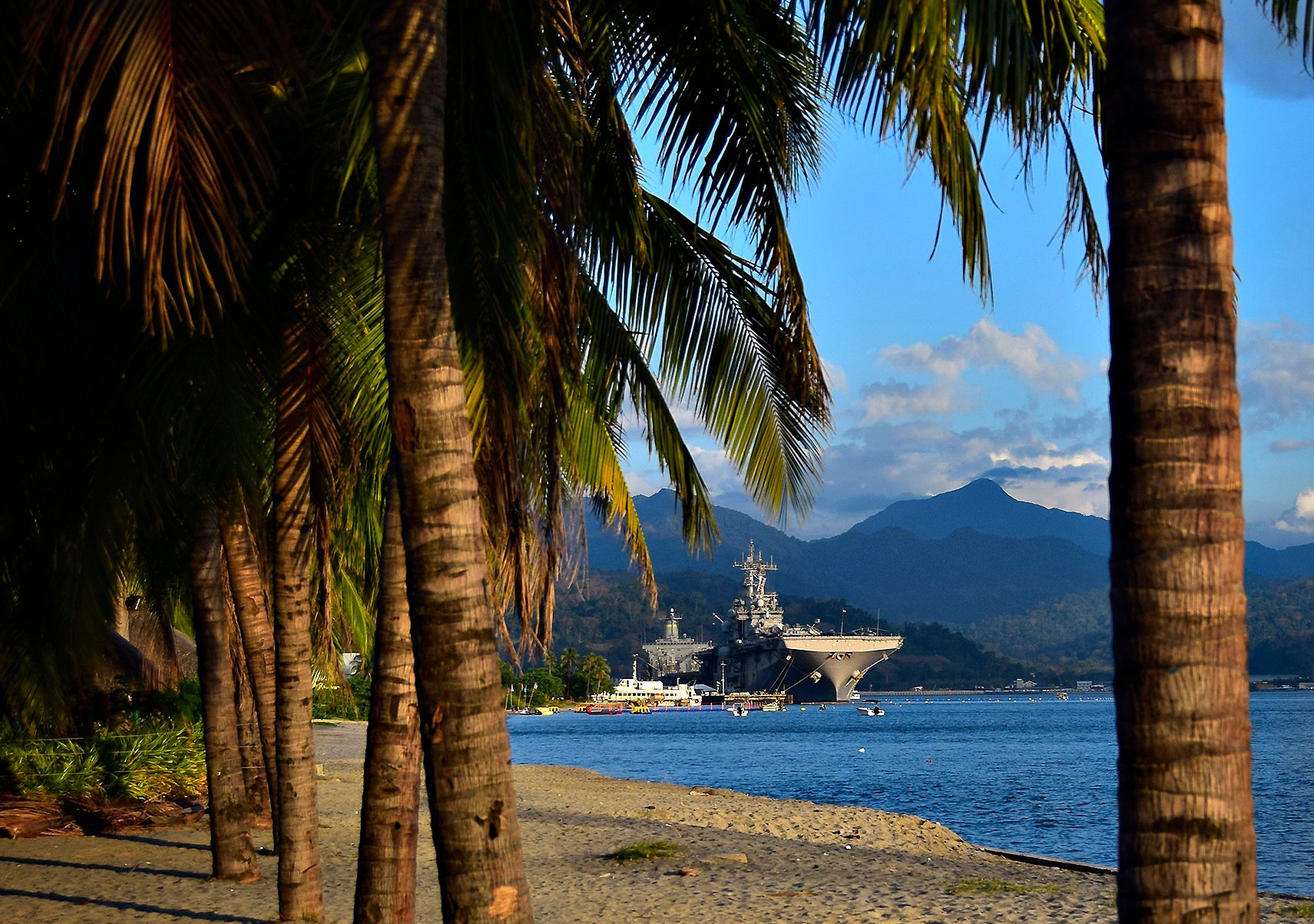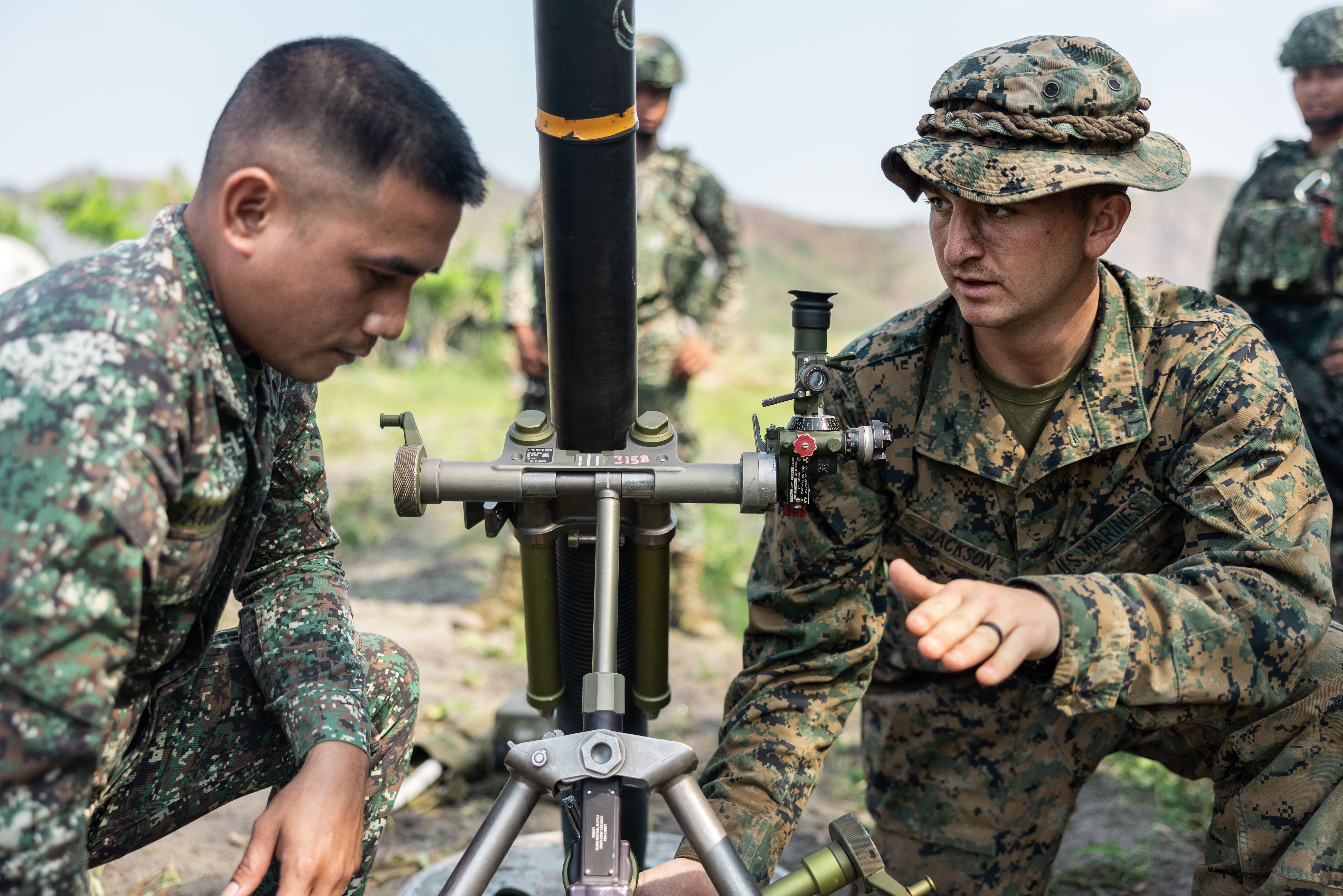
The United States considers its alliance with the Philippines in the same category as the partnerships with Japan, Australia and South Korea, the Pentagon’s senior official overseeing the Indo-Pacific said Thursday.
Ely Ratner said China’s efforts to drive a wedge between Washington and Manila are “not working.”
“We are working with the Philippines on asymmetric capabilities in the maritime domain” and other security issues, he said.
Speaking at the Center for New American Security, the assistant secretary was referring to China’s naval militia escalating by ramming Philippine fishing boats to drive them out of Manila’s Exclusive Economic Zone. Tensions between the two also grew when Beijing ignored an international tribunal’s dismissal of its territorial claims in the South China Sea.
He added that the shift back to stronger security ties between Manila and Washington actually began under former President Rodrigo Duterte as his six-year terms was ending. He re-authorized extended military exercises with the United States and maintained the Visiting Forces agreement, the heart of the alliance.
Ratner repeated President Fernando Marcos’s statement that the four new sites allowed under the Extended Defense Cooperation Agreement “are not U.S. military sites,” but for rotating American forces.
“We have made it very clear [to the Chinese Foreign Minister Qin Gang], the bases we have opened up under the original [the 2014 Extended Defense Cooperation Agreement] with the United States is really because of the effects of climate change,” Marcos said at the Center for Strategic and International Studies last month.
The sites are available to “respond to a number of contingencies including humanitarian assistance,” he added at the time.
Although some sites are closer to Taiwan, the exact terms of use are still under negotiation.
The U.S. and the Philippines are also conducting more and larger military exercises, another sign of closer military cooperation.
This spring, the United States and the Philippines completed its largest-ever Balikatan military exercise involving 17,0600 soldiers, sailors, airmen and marines. Australian forces also participated and Japan sent observers. The exercise is designed to measure the Philippines’ defensive posture, build interoperability with allies and gauge maritime capabilities.

Ratner said Indo-Pacific allies and partners have sent a “strong demand signal” that like the Philippines they “want to see American leadership in the region.” There are “strong linkages being built” between Japan, Australia and the Philippines and countries are developing other multi-lateral regional networks. The Quad, the informal security and economic relations between Japan, India, Australia and the United States as an alternative to China, is also working more closely together.
“We have a shared vision in what we’re trying to do,” Ratner added.
Japan and the United States “are singing the same song” in what both are emphasizing for future security. Tokyo and Washington have progressed beyond producing like-minded strategy documents to discussing future roles and missions. Ratner noted the Marine Littoral Regiment concept, with smaller Marine units that are “more mobile, more resilient” and available in the first island chain, would be part of these talks.
Japan itself is adjusting its military posture in the home islands to reflect China’s threat.
“I couldn’t imagine a more important partner,” Ratner said of Japan.
At the same time, Seoul and Tokyo are for the first time sharing more intelligence with each other and Washington “as a matter of course – not just DPRK [initials for North Korea] provocations.”
Ratner said the U.S. supports Indian Prime Minister Narendra Modi’s “made in India” drive, emphasizing co-production and co-development in the defense and technology sectors. “We’ll have some real exciting announcements” in these areas, he added.
Modi is scheduled to meet with President Joe Biden next week.
Co-production would allow India to step away from being a weapons buyer for systems like C-130s and end its reliance on Moscow for military systems. Co-development would also allow India to apply technologies to weapons and systems it needs for the future to counter China’s continuing military modernization.
A 2022 agreement on ship repair has seen at least one U.S. Military Sealift Command undergo maintenance in an Indian shipyard.
New Delhi’s and Washington’s alignment on security issues focuses on the importance of the Indian ocean, undersea technology, cyber and space.
“Operating more together is in the interest of the United States,” Ratner said.





